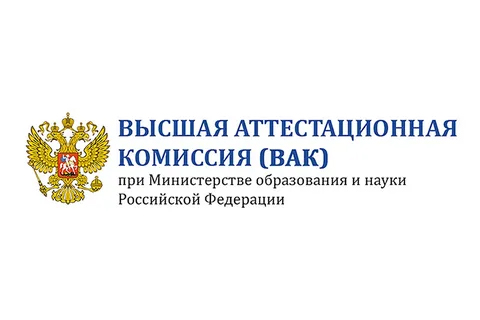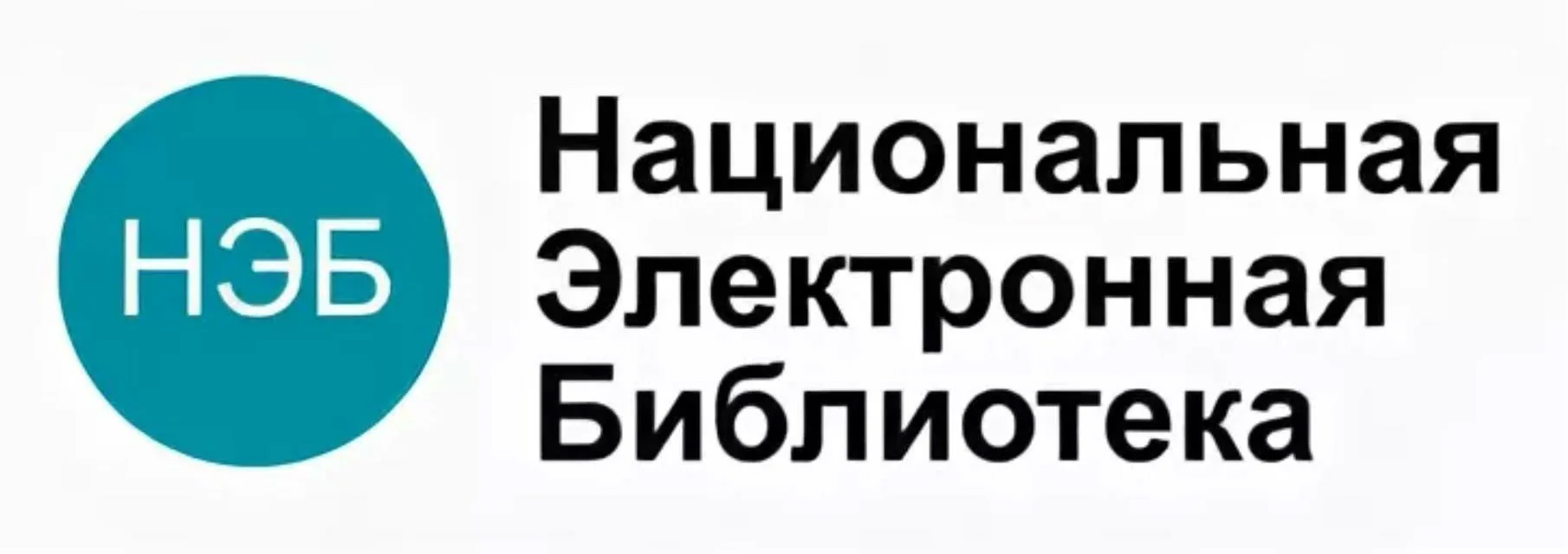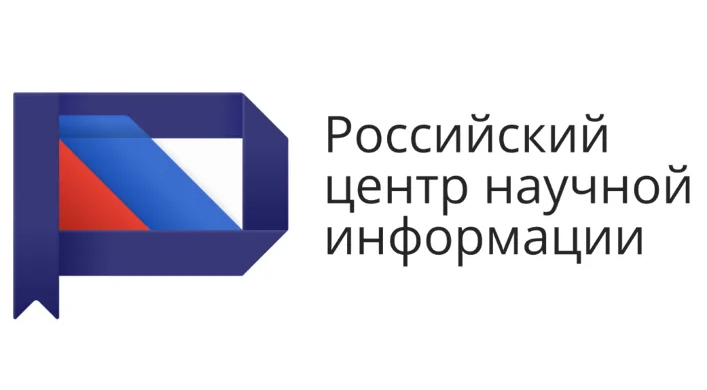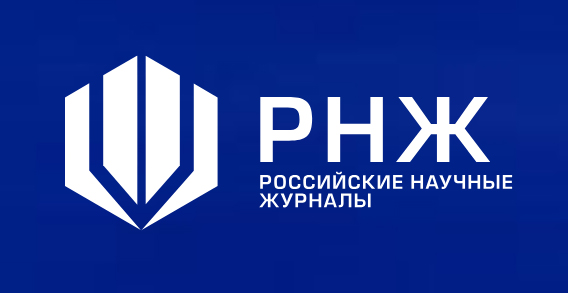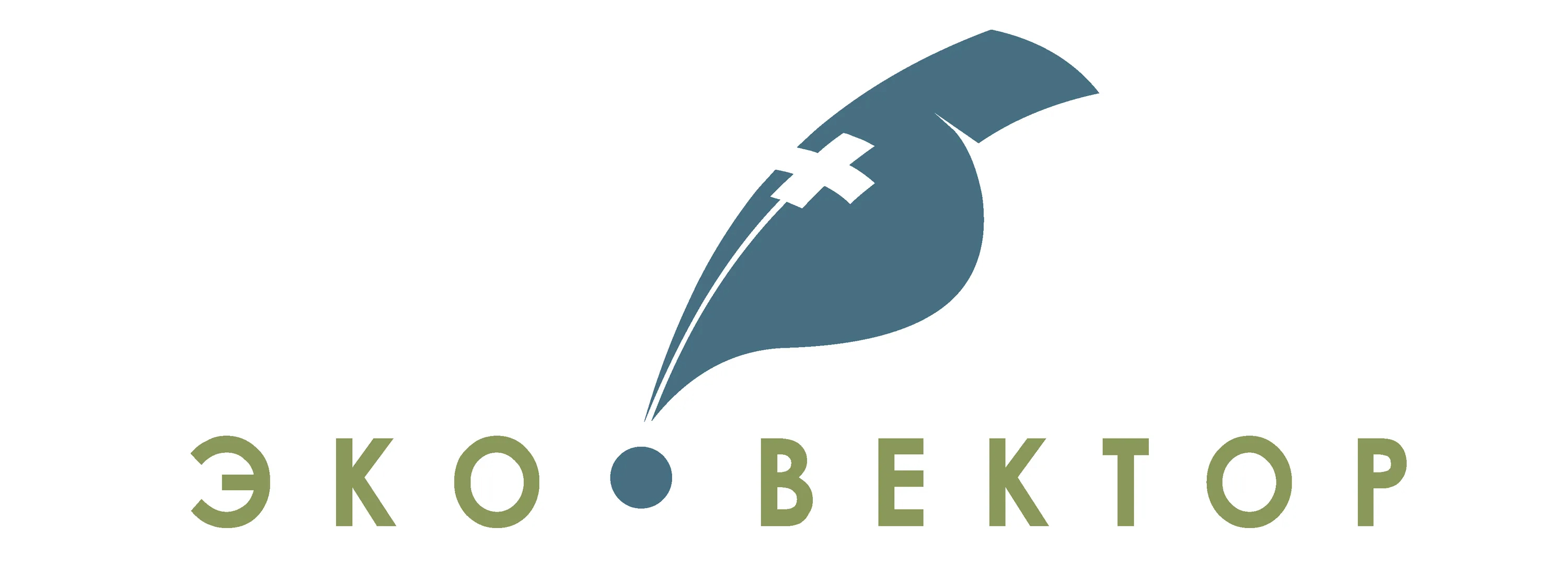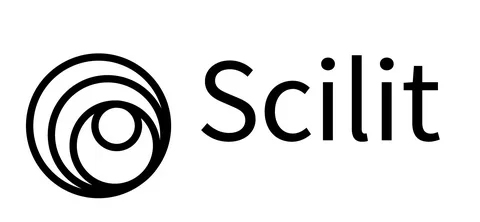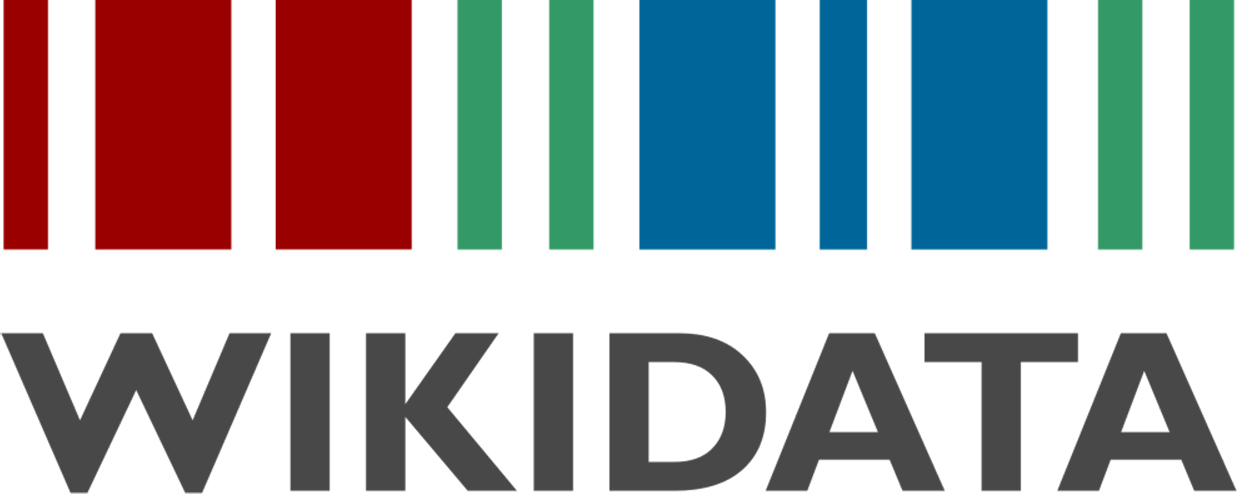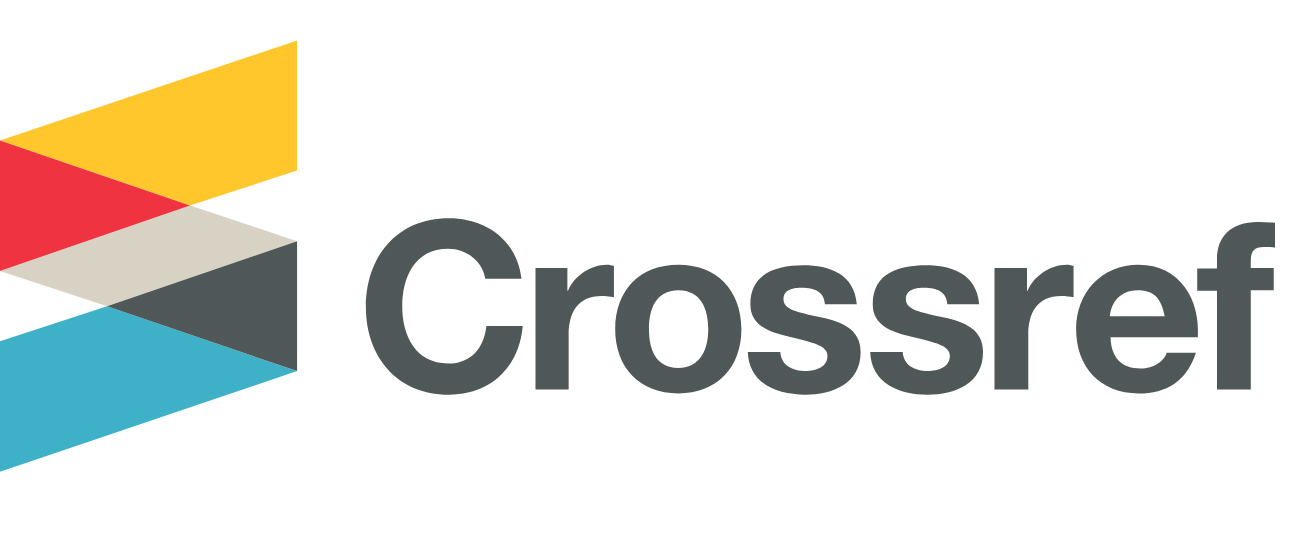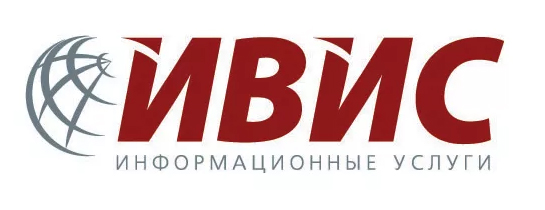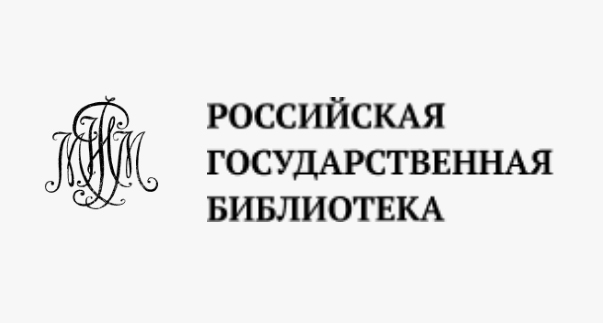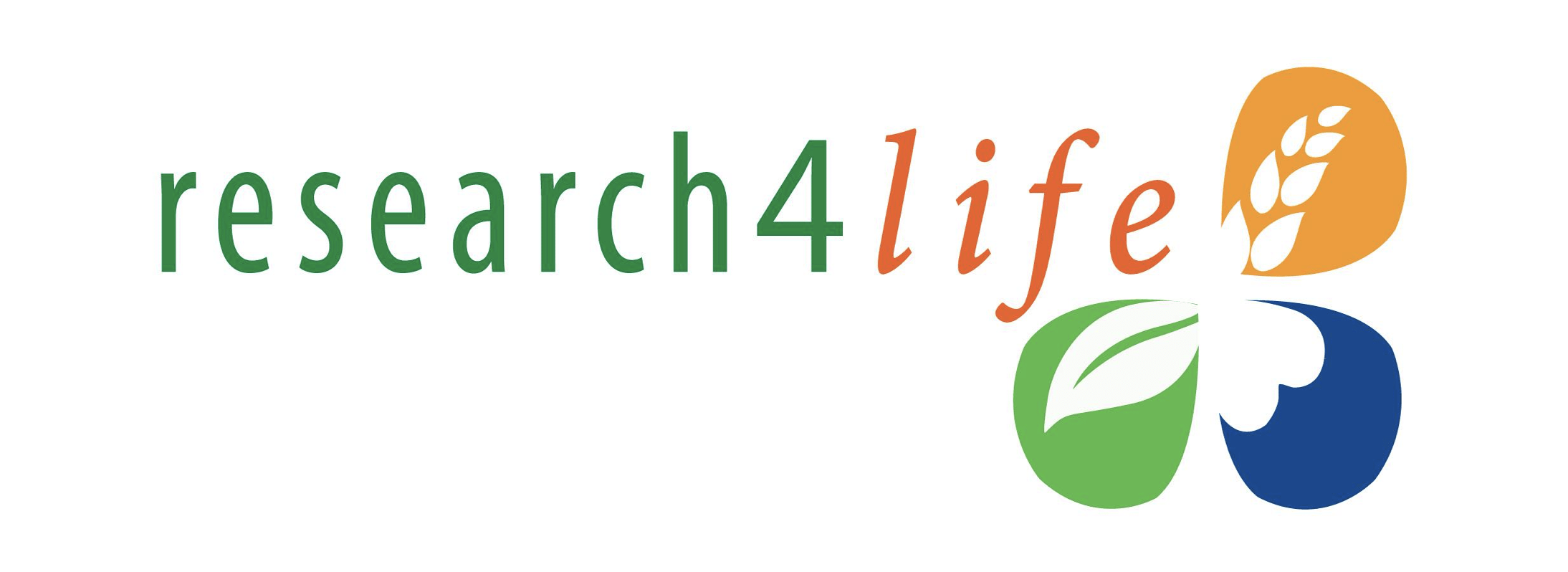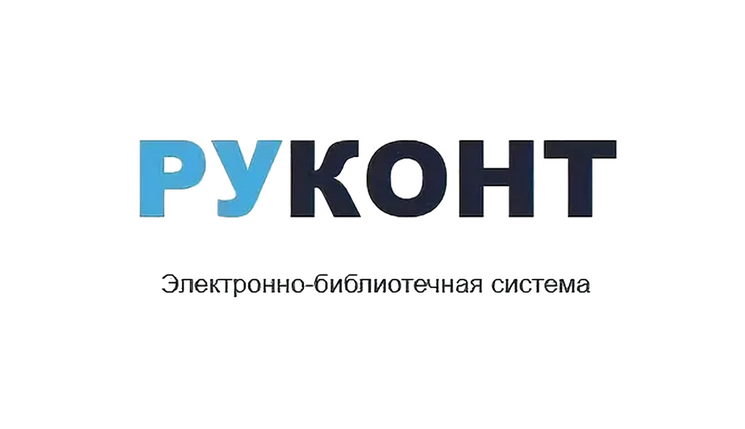About the journal
GOALS AND PURPOSES
The scientific and practical peer-reviewed Therapy journal has been published since 2015. It is the official publication of all-Russian public organization “Russian Scientific Medical Society of Internal Medicine” (RSMSIM).
The mission of the journal is to promote the improvement of professional training level of medical workers who make research, teaching and practical work in the field of therapy and related disciplines, to integrate the results of scientific research and clinical experience of domestic and foreign specialists into international scientific space.
The goal of the journal is to promote the education and development of research workers and practitioners, development of new promising studies in the field of therapy and related disciplines.
The target audience of the journal: therapists of outpatient and inpatient institutions, general practitioners, focused specialists.
The journal publishes articles on all issues of internal diseases, results of research works in the field of etiology and pathogenesis of diseases, achievements in their diagnosis, treatment, prevention and organization of therapeutic care, as well as on related issues with other medical specialties, with the exception of materials on pediatric diseases.
The journal publishes clinical guidelines and consensus, original research, reviews, clinical cases, lectures, polemically sharpened articles on current issues of practical medicine, as well as supporting materials on all current problems of medicine. A special section of the journal covers the scientific and practical activities of RSMSIM.
Each issue of Therapy presents a leading topic devoted to a certain medical specialization: cardiology, neurology, gastroenterology, rheumatology, endocrinology, etc. Leading Russian scientists are invited editors (curators) of the issues.
The purposes of the journal:
- provide an opportunity to publish the results of fundamental and applied research works in the field of therapy and related disciplines;
- systematically publish materials that contribute to:
- improving knowledge of practicing specialists and researchers on the etiology and pathogenesis of internal diseases, organization of therapeutic care;
- informing about the latest achievements and prospects for the development of domestic and foreign medical science and healthcare, new and improved technologies for diagnosis, treatment and prophylaxis;
- contributing to the increased efficiency of implementing research results in healthcare practice.
SECTIONS
- Clinical guidelines and consensuses
- Original studies
- Reviews
- Clinical cases
- Lectures
- Helping practicing physician
- Actual issues of pharmacotherapy and preventive treatment
- Pages of history
- Activities of RSMSIM
- Anniversary
FREQUENCY OF APPEARANCE
The journal publishes 10 issues per year (every month except January and July).
ARCHIVING
Information about all articles published in the journal is stored in the scientific electronic library eLibrary. Advanced search by journal articles is available: by keywords, author, title, section, etc. A link to the full text of the article is indicated on its page in eLibrary.
Full texts of articles are stored on the publisher’s server (access through the Archive of issues section of the journal’s website).
Printed copies of the journal issues are transferred for permanent storage to the Russian Book Chamber – a branch of ITAR-TASS, the Russian state library and other leading libraries of the Russian Federation.
PEER REVIEW
The review of articles submitted to the editorial board of the journal Therapy is carried out in accordance with the recommendations of:
- International Committee of Medical Journal Editors (ICMJE);
- Committee on Publication Ethics (COPE);
- World Association of Medical Editors (WAME, see here and here);
- Council of Science Editors (CSE).
Scientific articles submitted to the editorial board undergo mandatory double-blind peer review (the reviewer does not receive information about the authors of the material, the authors of the material do not receive information about the reviewers).
- Upon receipt of the article by the editorial board, the head of the editorial board within 1 week evaluates its compliance with the requirements of the journal, and also checks the originality of the article in the Antiplagiat system. If these stages are successfully passed, the material moves on to the peer review stage, the head of the editorial board sends it to the editor-in-chief or deputy editor-in-chief to determine the reviewers.
- The editor-in-chief or deputy editor-in-chief determines within 2 weeks whether the article complies with the profile of the journal and sends it for review to at least 2 relevant specialists – doctors (candidates) of medical sciences, who have sufficient experience in scientific work in the scientific direction stated in the article. According to the direction of the editor-in-chief or deputy editor-in-chief, the head of the editorial board may decide to select a reviewer to perform an examination of the article.
- Reviewers may be members of the editorial board or editorial council of the journal or invited experts.
- All reviewers are familiar with the requirements imposed by the editorial board on published materials and have publications on the topic of the article under review over the past 3 years.
- The review does not involve specialists working in the same research institution where the work under review was completed.
-
The reviewer works with the article as confidential material, strictly observing the author’s right to non-disclosure of the information contained in the article until publication. The reviewer may involve other experts in the work only with the permission of the editors and also on confidentiality terms.
The reviewer should not keep a copy of the article under review or use the work in his/her work.
See also the section on confidentiality in the ICMJE Recommendations. - The review period is 2–4 weeks, but at the request of the reviewer it can be extended.
- The review should indicate whether the article corresponds to its title, characterize its relevance and scientific level, advantages and disadvantages, and assess the appropriateness of publication.
- Following the review of the article, the reviewer makes one of the following recommendations (each reviewer’s decision is substantiated):
- the article is recommended for publication in its current form;
- the article is recommended for publication after correction of the deficiencies noted by the reviewer without additional reviewing;
- the article requires revision and subsequent re-reviewing;
- the article cannot be published in the journal even after revision.
- In case of minor comments by the reviewer that require only editorial corrections, with the consent of the author they can be made by the editorial board independently, and the article is accepted for publication without additional corrections by the author.
- If the reviewer recommends revision of the article, the head of the editorial board sends the text of the review (without the signature and information of the reviewer) to the author for making the appropriate changes to the material. The author is asked to take into account the reviewer’s recommendations or to refute them with arguments (partially or completely). Revision of the article should not take more than 2 months from the moment the letter about the need to make changes is sent to the author.
- In case of refusal to revise the material, the author must notify the editors in writing about the refusal to publish the article.
- If the author does not return the revised version of the material after 2 months from the date of sending the review (even if the editors have not received from the author a refusal to revise the article), the editors will remove it from registration. The author is sent a notification about the article being removed from registration due to the expiration of the period allotted for revision.
- After receiving the revised article, the editorial board act as follows:
- if the reviewer recommended the article for publication after correcting the deficiencies noted by him without additional review, then the head of the editorial board and the scientific editor (if necessary) check whether the author has made the appropriate corrections. If the corrections are made correctly, the article is accepted for publication. The need for additional corrections is discussed in the correspondence between the editors and the author;
- if the reviewer recommended sending the article for re-reviewing after making corrections, then the article revised by the author is re-sent for review.
- The editors perform no more than 3 rounds of reviewing for each article. If, after three revisions of the material, the reviewers or the editors still have significant comments, the article is rejected and removed from registration. The author is sent a notification of the article being removed from registration.
- If the author and reviewers have irreconcilable disagreements regarding the article, the editors have the right to send the material for additional review by another specialist (including at the author’s reasoned request). In conflict situations, the decision is made by the editor-in-chief.
- The decision to refuse publication of an article is made at a meeting of the editorial board in accordance with the recommendations of the reviewers. An article not recommended for publication by the editorial board will not be accepted for re-examination. The author whose article was not accepted for publication is sent a reasoned refusal. The editors do not enter into correspondence with the authors regarding the reason for refusing to publish the article.
- A positive review is not a sufficient ground for publishing an article. The final decision on publication is made by the editorial board. In conflict situations, the decision is made by the editor-in-chief. The editors notify the author in writing of the acceptance of the article for publication.
- Reviews of articles (as well as correspondence between the editors and the author) are not published in the public domain and are used only in the internal document flow of the editors, as well as when communicating with the author or resolving conflict situations. A copy of the review of the article may be provided to its author upon request. Copies of reviews may be provided to the Ministry of Education and Science of the Russian Federation upon receipt of a corresponding request by the editors.
- The original reviews are kept by the editors for 5 years.
Responsibilities of the reviewer
In order to contribute to the decision-making process on the advisability of publishing an article and help improve its quality, the reviewer must:
- act objectively and timely;
- notify the editor if a reviewer does not feel qualified to review an article or does not have enough time to complete the review promptly, and ask to be excluded from the review process for that article;
- evaluate the article critically but constructively;
- avoid derogatory comments and personal criticism of the authors;
- prepare detailed, reasoned comments about the research and the article that can help the authors improve the work;
- identify and indicate in the review cases where relevant published works have not been cited in the text of the article or are not listed in the reference list; identify and indicate in the review whether all statements, conclusions, and ideas borrowed from other publications are provided with references to the source;
- notify the editor if a significant overlap or similarity between the article submitted for review and any other published materials known to the reviewer is discovered;
- notify the editor of any apparent or potential conflict of interests that may affect the perception and interpretation of the article (financial, professional, personal, organizational or other relationships between the reviewer and the author). See also the section on disclosing conflicts of interests in ICMJE guidelines.
In operations, the reviewer is guided by Singapore Statement on Research Integrity.
A list of reviewer responsibilities can be found in WAME materials (here and here), and the role and responsibilities of the reviewer can also be found in CSE Recommendations.
Ethical principles for reviewers are presented by COPE.
INDEXING DATABASES
ADVERTISING POLICY
Advertising articles go through the entire editorial process from registration, checking in the Antiplagiat system and reviewing to acceptance for publication. A possible advantage is the choice of the issue in which the article will be published, if this does not contradict the editorial plan.
All advertising materials must comply with the requirements of the legislation of the Russian Federation, including the Federal law of 13.03.2006 No. 38-FZ “On Advertising”.
The placement of advertising materials does not constitute support or approval by the editorial board or the publishing house of LLC “Bionika Media Innovations” of the advertised product, company or service.
Advertisers are fully responsible for all information contained in advertising materials published in the journal, for its accuracy and the absence of violations of the rights and interests of third parties (including copyright, intellectual property rights and personal non-property rights) and current legislation in the materials.
Additional issues (supplements to the journal) are published by decision of the editorial board and the publishing house LLC “Bionika Media Innovations” in accordance with the principles of the editorial policy and purposes of the journal. Advertisers do not influence the content of the corresponding additional issue.
See also the editorial policy of the publishing house LLC “Bionika Media Innovations”.
DISTRIBUTION
A subscription to the magazine in printed and electronic form is available on the website of the publishing house LLC “Bionika Media Innovations”. You can purchase individual articles or issues of the magazine. More details are here.
Subscription is also opened:
- per post using “Subscription publications” catalogue (index PR313) and on the Russian Post website;
- per post using “Press of Russia” catalogue (index E33021), on the website of the “Kniga-Service” agency and through the “Press of Russia” unified catalogue;
- per the “Ural Press” subscription agency (index 33021);
- per the Rukont electronic library system.

